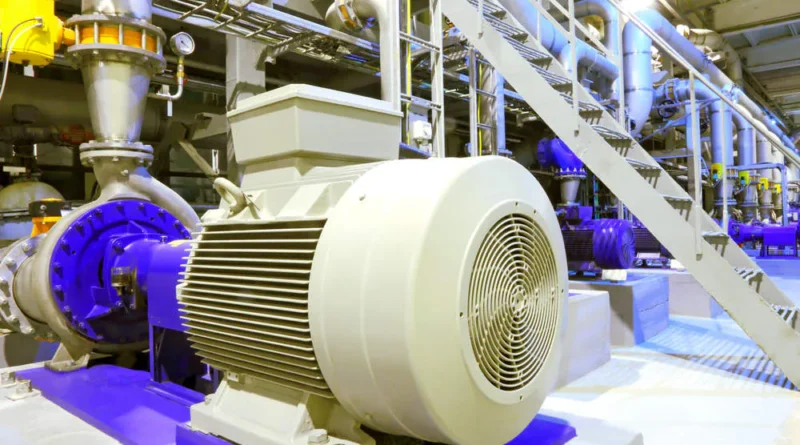Understanding Conduit Pipe and Its Importance in Electrical Systems
Conduit pipes are essential components in electrical systems, providing both protection and organization for wiring. They serve as protective tubes that house electrical cables, shielding them from physical damage, moisture, and other environmental factors. Understanding the role of conduit pipes is crucial for anyone involved in electrical installations, whether for residential, commercial, or industrial applications. They not only ensure the safety and longevity of electrical systems but also contribute to efficient organization, reducing the risk of electrical faults. This article will explore what conduit pipes are, the different types available, their functions, installation processes, and common mistakes to avoid.
What is a Conduit Pipe?
Conduit pipes are tubular structures used to encase and protect electrical wiring. They come in various materials and sizes to suit different applications. The primary purpose of a conduit pipe is to provide a safe pathway for electrical cables, preventing exposure to potential hazards. Different types of conduit pipes include PVC (Polyvinyl Chloride), EMT (Electrical Metallic Tubing), rigid metal conduit, and flexible conduit. Each type serves specific needs based on environmental factors and installation requirements. Understanding the definition and purpose of these pipes is essential for ensuring a secure and efficient electrical system.
Functions of Conduit Pipes
Conduit pipes serve several important functions in electrical installations. Firstly, they protect electrical wiring from physical damage, such as impacts, moisture, and exposure to chemicals. This protection is vital for maintaining the integrity of the electrical system and preventing potential hazards. Secondly, conduit pipes help organize wiring systems, making it easier to identify and troubleshoot electrical circuits. This organization reduces clutter and enhances the overall appearance of installations. Finally, conduit pipes contribute to safety by preventing accidental contact with live wires, thereby reducing the risk of electric shocks and fires. Their multifaceted role makes them a critical component of any electrical setup.
Types of Conduit Pipes
There are several types of conduit pipe, each with unique characteristics suited for different applications. PVC conduit is lightweight, resistant to moisture, and easy to install, making it ideal for outdoor and wet environments. EMT, or Electrical Metallic Tubing, is a thin-walled metal conduit that offers excellent protection against physical damage and is often used indoors. Rigid metal conduit is heavier and more durable, making it suitable for industrial applications where maximum protection is necessary. Flexible conduit allows for easier routing in tight spaces but is less protective than its rigid counterparts. Understanding the pros and cons of each type helps in selecting the right conduit for specific needs.
How to Choose the Right Conduit Pipe
Choosing the right conduit pipe involves considering several factors. The material of the conduit is crucial; for instance, PVC is better suited for wet environments, while EMT is preferable for indoor use. The location of the installation also matters—outdoor applications require more durable materials to withstand weather conditions. Additionally, the installation environment plays a role; areas with high traffic may need rigid conduit for added protection. It’s important to match the conduit type with its intended application, as each type offers unique benefits. Common applications include residential wiring, commercial installations, and industrial setups, each demanding different conduit characteristics.
Installation Process
Installing conduit pipes involves several key steps to ensure a secure and compliant setup. First, gather all necessary materials, including the conduit itself, connectors, and mounting hardware. Next, measure and cut the conduit to the desired lengths using appropriate tools. It’s crucial to make precise cuts to ensure a snug fit during installation. After cutting, attach the conduit to walls or ceilings using the appropriate brackets and fasteners. Ensure all connections are secure, as loose fittings can lead to safety hazards. Finally, check the installation against local electrical codes to ensure compliance. Safety precautions, such as wearing protective gear and turning off power, are essential throughout the process.
Common Mistakes to Avoid
When installing conduit pipes, certain mistakes can compromise the safety and efficiency of electrical systems. One common error is using the wrong type of conduit for specific applications; for example, installing PVC in an area where metal conduit is required can lead to safety issues. Another mistake is improper cutting and fitting, which can result in gaps that expose wiring to potential hazards. Additionally, overlooking local electrical codes can lead to non-compliance, resulting in costly fines or required rework. It’s also important to avoid overloading conduit pipes with too many wires, which can lead to overheating and increased risk of electrical fires. Being aware of these common pitfalls can help ensure a successful installation.
Conclusion
In summary, conduit pipes play a vital role in protecting and organizing electrical wiring. They offer various benefits, including safety, organization, and compliance with electrical codes. Understanding the different types of conduit pipes and their functions can help individuals make informed choices during installations. Whether you’re a DIY enthusiast or a professional electrician, recognizing the importance of conduit pipes ensures safer and more efficient electrical systems. Always remember to follow best practices and consult relevant regulations to achieve optimal results.

